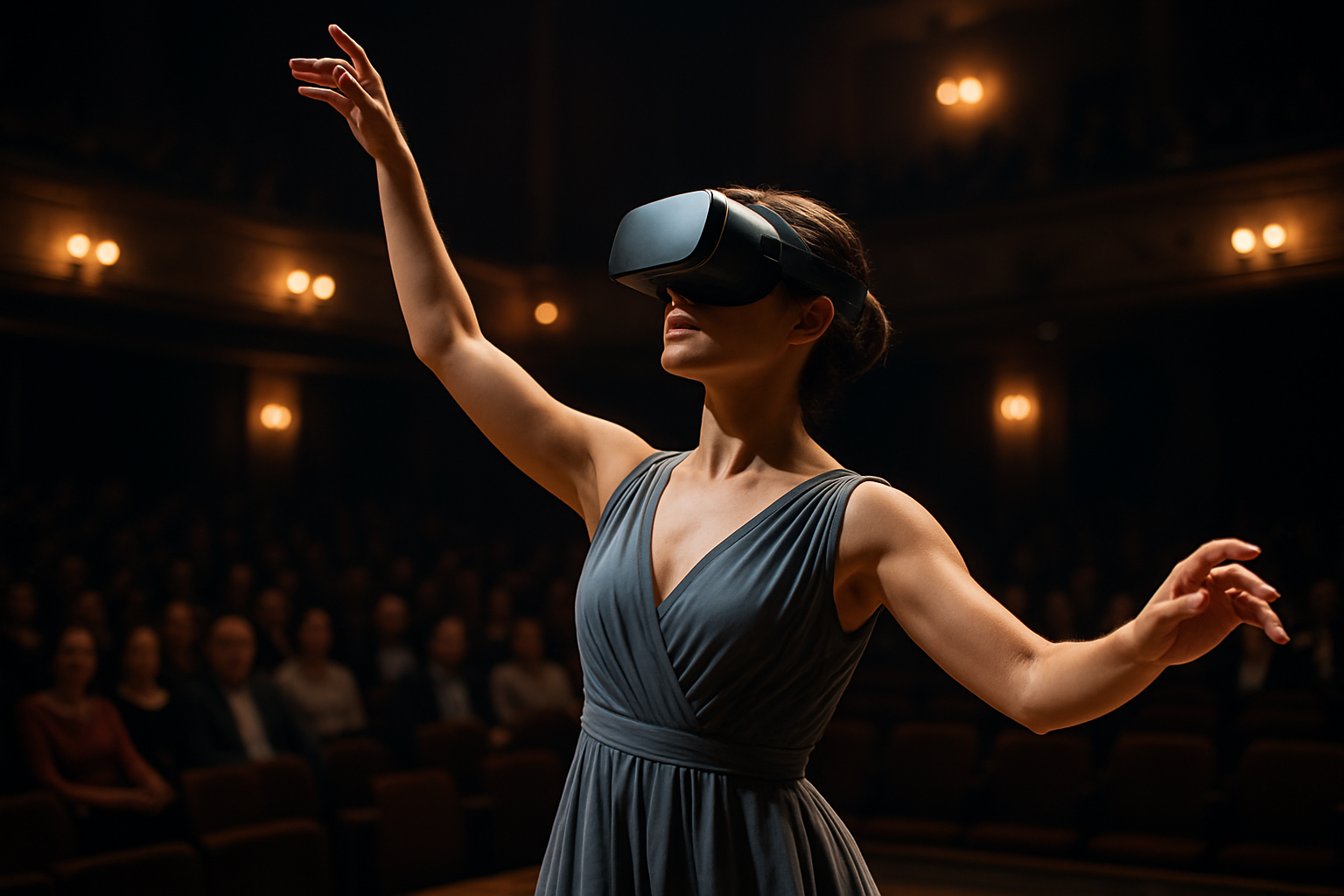Holographic Theater: The Next Frontier of Live Performance
In the ever-evolving landscape of theatrical arts, a groundbreaking fusion of technology and traditional stagecraft is reshaping the audience experience. Holographic theater, once the stuff of science fiction, is now emerging as a revolutionary medium for live performance. This cutting-edge approach blends the tangible presence of flesh-and-blood actors with the limitless possibilities of digital projection, creating a mesmerizing spectacle that challenges our perceptions of reality and artistry. As theaters worldwide grapple with the need for innovation, holographic performances offer a tantalizing glimpse into the future of entertainment.

Blurring the Lines Between Real and Virtual
One of the most compelling aspects of holographic theater is its ability to seamlessly blend the physical and digital realms. Actors can interact with virtual environments and computer-generated characters in real-time, opening up unprecedented possibilities for storytelling. This hybrid approach allows for narratives that transcend the limitations of traditional stagecraft, with scenes that can shift from intimate dialogues to epic, fantastical landscapes in the blink of an eye.
Technological Marvels Behind the Curtain
The magic of holographic theater relies on a complex interplay of cutting-edge technologies. High-powered projectors, specially designed screens, and advanced motion-capture systems work in concert to create the illusion of three-dimensional figures sharing the stage with live performers. Behind the scenes, teams of digital artists and programmers collaborate with directors and designers to craft the virtual elements that bring these productions to life.
Redefining the Audience Experience
For theatergoers, holographic performances offer a truly immersive experience that challenges traditional notions of spectatorship. The line between observer and participant becomes increasingly blurred as audiences find themselves surrounded by virtual environments that respond to the action on stage. This level of engagement has the potential to revolutionize how we interact with live entertainment, creating a more dynamic and participatory form of theater.
Artistic Possibilities and Creative Challenges
While the technological aspects of holographic theater are undoubtedly impressive, it’s the artistic potential that truly excites many in the theater community. Directors and playwrights are exploring new narrative structures and visual languages made possible by this medium. However, with these new opportunities come unique challenges. How does one maintain the intimacy and immediacy of live performance when working with digital elements? What new skills must actors develop to convincingly interact with holographic co-stars?
The Future of Holographic Performance
As holographic technology continues to advance, its applications in theater are likely to expand in exciting and unexpected ways. Some envision a future where holographic performances can be beamed into homes or public spaces, making world-class theater accessible to audiences around the globe. Others see potential for interactive, choose-your-own-adventure style productions where audience decisions shape the course of the narrative in real-time.
Economic Implications and Industry Impact
The introduction of holographic theater has significant implications for the entertainment industry as a whole. While the initial investment in technology and infrastructure can be substantial, the potential for reaching wider audiences and creating replicable, touring productions is immense. This could lead to new business models and revenue streams for theaters and production companies, potentially reshaping the economics of live performance.
Cultural Significance and Artistic Debate
As with any transformative technology in the arts, holographic theater has sparked intense debate within the cultural community. Proponents argue that it represents a natural evolution of theatrical traditions, embracing new tools to enhance storytelling and audience engagement. Critics, however, worry about the potential loss of the human element that has long been at the heart of live performance. This ongoing dialogue reflects broader conversations about the role of technology in art and society.
Conclusion
Holographic theater stands at the intersection of art and technology, offering a glimpse into the future of live performance. As this medium continues to evolve, it promises to push the boundaries of creative expression and redefine the relationship between performers, audiences, and the stories they share. Whether viewed as a revolutionary step forward or a departure from theatrical tradition, there’s no denying that holographic performances are carving out a unique and exciting niche in the world of entertainment. As artists and technologists continue to explore its potential, holographic theater may well become a defining art form of the 21st century.





